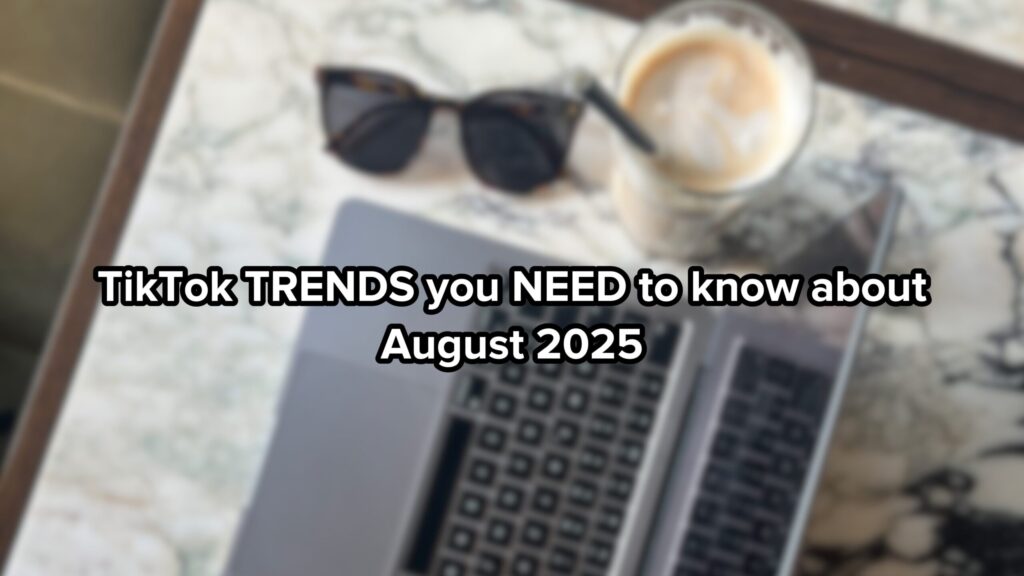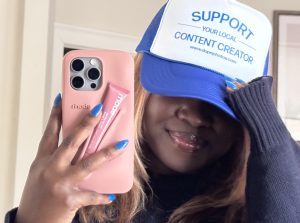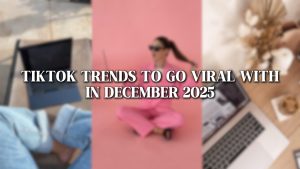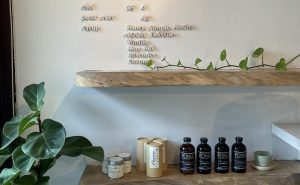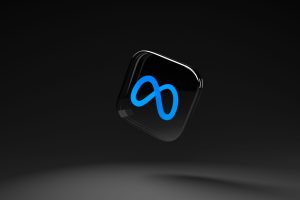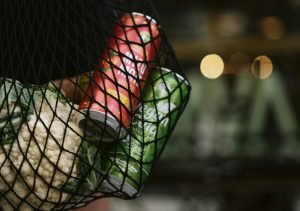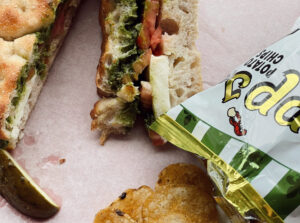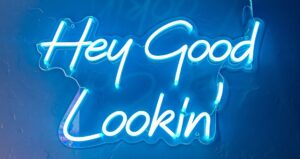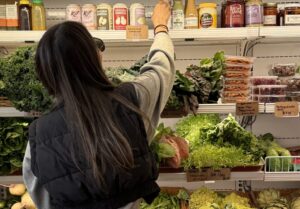Introduction
Short‑form platforms such as TikTok, Instagram Reels and YouTube Shorts have centred their algorithms around audio. Sounds and songs that “trend” on the platform are pushed into more feeds and have a much higher chance of appearing on a user’s For You page. Brands that creatively adapt these sounds can piggy‑back on the algorithm’s momentum and reach new audiences. The following report summarises the most popular TikTok sounds in August 2025, explains why they are resonating with users, offers guidance on how brands can participate, and provides a briefing on the proposed M2 version of TikTok in the United States.
Why audio matters for brands
- Algorithm visibility – TikTok’s recommendation algorithm favours videos that use popular sounds. When a sound is trending, any video using it has a greater chance of being surfaced. This visibility can amplify brand campaigns beyond paid reach.
- Cultural relevance – Audio trends often reflect cultural moments (e.g., memes, throwbacks, film references). When brands participate authentically, they signal they understand their audience’s humour and interests.
- Ease of production – Most trends are built around simple voiceovers, challenges or lip‑syncs. Small and large brands can jump in quickly without large budgets; the key is timely participation.
Top TikTok Songs – August 2025
Tokchart’s “Top Trending Songs – August 2025” ranks sounds by video usage. The list below showcases 5 trending TikTok audios/sounds and summarises why they are trending, along with suggestions for brands.
- origineel geluid – tna.music (original sound)
Use as background for time‑lapse product reveals or behind‑the‑scenes sequences
- son original – lessly.edits
Use for mood‑board slideshows or to highlight customer testimonials.
- GRR – Fantomel
Use in dynamic montage or dance‑style ads; encourage user‑generated choreography contests.
- LUNA BALA (Slowed) – Yb Wasg’ood & Ariis
Use to showcase product details (e.g., close‑ups of fabrics or features) with smooth cuts.
- DAISIES – Justin Bieber
Use in reflective stories, customer testimonials, or to announce new initiatives.
Viral Sounds & Audio‑Driven Challenges
Beyond the top songs, TikTok’s culture is driven by voiceovers, memes and remixes. These audios often linger for months and cross into other platforms. The following sounds have been identified as viral or enduring for brands!
- Golden by Huntr/x
Users attempt to hit the note, often layering duets or reacting to Park Dahye’s viral cover
- I’m Just a Baby!
Overlay the audio when showing someone acting dramatically or making excuses. It works well with pets or product cravings
- Gabriela by Katseye
Film outfit reveals or beauty transitions synced to the beat.
- Wassup, Y’all We Back!
Start a video with the phrase, then reveal new products, a comeback, or a relaunch.
- Dame Un Grrr by Fantomel & Kate Linn
Perform the signature “grrr” dance or lip‑sync; highlight transformations.
What is TikTok ‘M2’ and How Should Brands Adapt?
As of July 2025, U.S. lawmakers continued to pressure ByteDance to divest TikTok’s U.S. operations over data‑security concerns. In response, Reuters reported that TikTok employees have been working to duplicate the app’s entire codebase – including algorithms, AI models and user data – to create a stand‑alone U.S. version.
The internal project, code‑named M2, has a September deadline and represents the largest technical separation between TikTok’s U.S. operations and its global platform.
The new app is expected to function independently like Douyin (the Chinese‑only version) and will only use American data to train its recommendation algorithms.
However, Reuters noted that migrating 170 million U.S. users would significantly affect how non‑U.S. creators monetise the platform.
Quick-Bite Summary:
- If successful, around 170 million U.S. users will have to shift to M2, creating a massive cultural and commercial impact.
- The app is designed to operate independently, using only American data, leaving it unclear whether content posted on the international TikTok will appear on M2.
- ByteDance will hold only a minority stake in M2; an American investor consortium (SIG, General Atlantic, KKR, Blackstone and Andreessen Horowitz) is expected to own the majority.
How brands should adapt:
- Monitor U.S. regulatory developments. Watch for official announcements regarding M2 or TikTok’s divestment. If a separate app launches, register brand handles early to avoid impersonation.
- Localise content strategies. Prepare to create U.S.-specific versions of campaigns and trending audio activations. U.S. trends may diverge from global trends because M2 will draw from American user data.
- Build U.S. creator networks. Strengthen partnerships with U.S. creators and micro‑influencers. Their content will likely be prioritised on M2, whereas international creators may lose exposure in the U.S.
- Focus on data compliance. M2’s separation is driven by data‑security concerns. Ensure that campaign measurement complies with U.S. privacy regulations and prepare for potential changes in analytics dashboards.
- Stay agile with audio trends. Whether M2 launches or not, the key to visibility on TikTok remains leveraging trending audio. Brands should continue to monitor weekly charts (e.g., Tokchart) and blogs like Ramdam and NapoleonCat to spot new sounds. Jump on trends quickly before they become saturated.
Conclusion
Audio trends shape what people watch and engage with on TikTok. Brands that understand the context behind these sounds and apply them creatively, while respecting their audience’s culture, can amplify their reach and humanise their marketing.Meanwhile, the uncertainty around TikTok’s proposed M2 app underscores the importance of adaptable strategies. By staying informed and flexible, brands can ride the wave of audio trends into the next phase of short‑form media.

